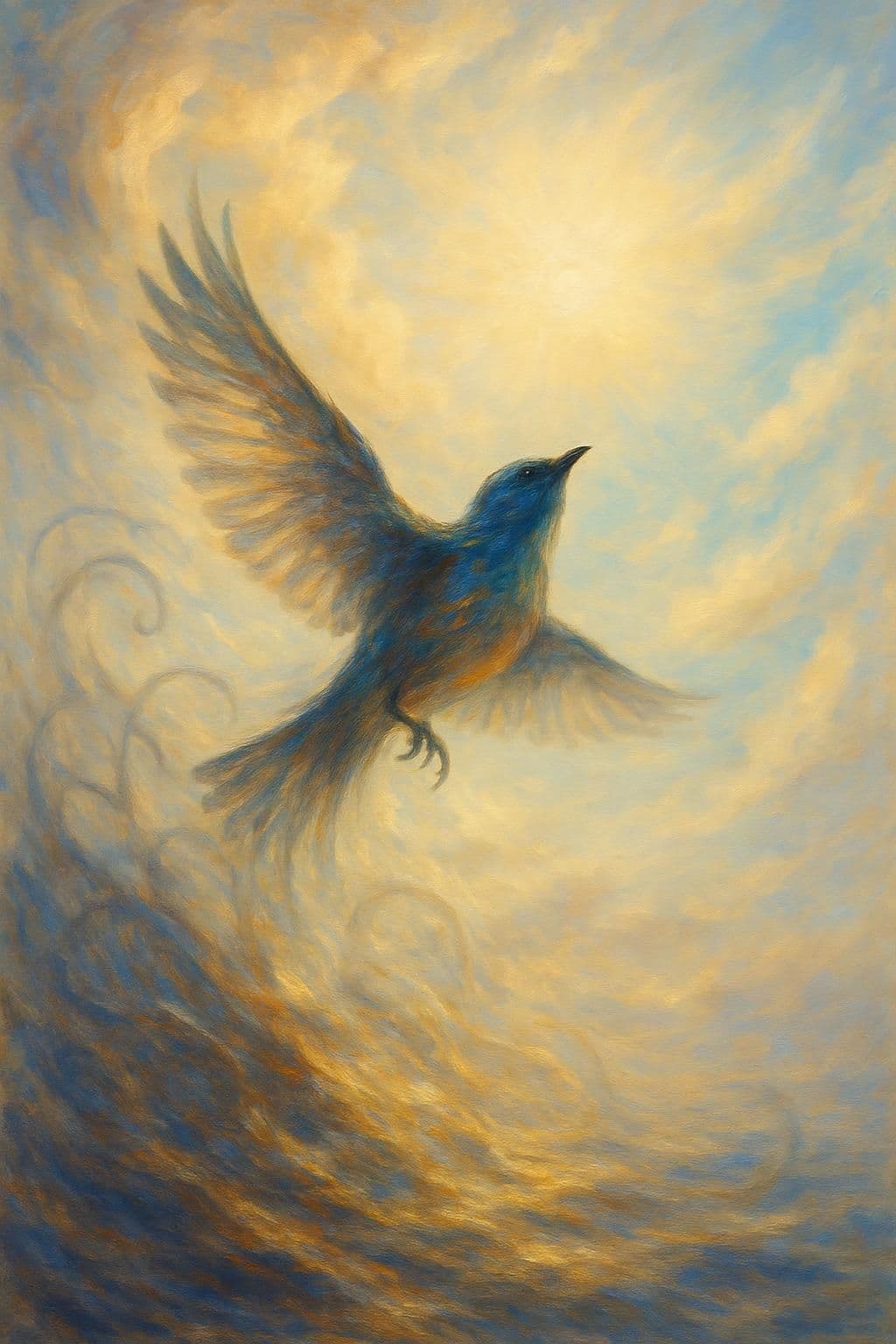Unleashing the Restless Mind: The Art of Freedom

The mind is a restless bird; learning to soar in its desire is the art of freedom. — Rabindranath Tagore
The Image of the Restless Bird
Tagore’s metaphor begins with a vivid image: the mind as a restless bird. Just as a bird flits, darts, and rarely settles, so too does human thought shift from one desire or curiosity to another. This perpetual motion is not depicted as a flaw, but as an intrinsic quality of the mind—one that fuels creativity, questioning, and growth. Like the migrating swallow or the ceaselessly chirping sparrow, our mental landscapes are alive with possibility and hunger for exploration.
Desire as the Wind Beneath Wings
Building on this avian imagery, Tagore sees desire not as a shackle, but as a wind that enables ascent. Desire propels the bird-mind forward, providing momentum for learning and self-realization. Rather than extinguishing cravings for knowledge or experience, Tagore advocates harnessing them. In this light, desire becomes empowering, much as Plato’s concept of 'Eros' in the *Symposium* (c. 385–370 BC) frames longing as the engine of philosophical ascent.
The Art of Soaring: Learning and Freedom
Transitional from desire, the question arises: how does one truly soar? According to Tagore, the art lies in learning—not simply acquiring facts, but mastering how to direct and ride the currents of one’s own impulses. This deliberate cultivation transforms mere restlessness into flight. Echoing the teachings of Maria Montessori, who emphasized nurturing children’s natural curiosity, Tagore reminds us that real freedom is found when the mind’s energy is guided, not stifled.
Freedom Beyond Restraint
Consequently, freedom is recast not as the absence of boundaries, but as the skilled practice of navigating inner landscapes. Instead of caging the mind-bird, Tagore encourages us to expand the sky. This notion aligns with Viktor Frankl’s insights in *Man’s Search for Meaning* (1946), where liberation is discovered within—by choosing one’s attitude and direction even amidst external limitations.
From Restlessness to Liberation
Ultimately, Tagore’s vision is both hopeful and practical. By embracing the mind’s restless nature and learning to soar in its desires, we discover a dynamic form of liberty. Each of us, he implies, can become an artist of our own freedom, turning internal turbulence into graceful exploration. In this way, the restless bird not only finds peace, but transcends its cage—illustrating that true freedom is born from mindful flight, not motionless tranquility.